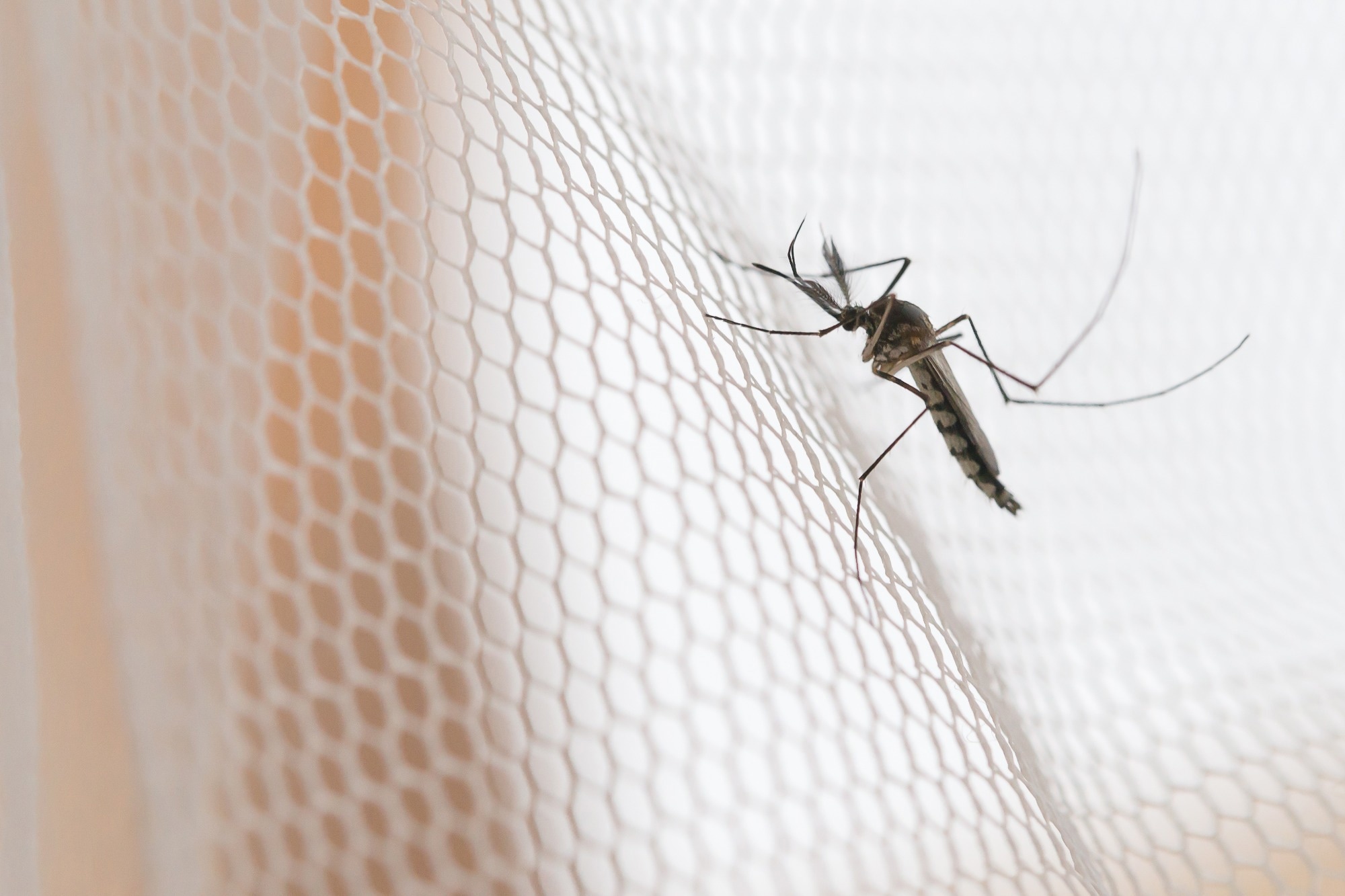In a recent study published in PLOS ONE, researchers assessed malaria prevalence among children aged six to 59.0 months.
They investigated risk factors for malaria using the most recent Malaria Indicator Survey (MIS) among 13 Sub-Saharan Africa (SSA) nations.
 Study: Pooled prevalence and risk factors of malaria among children aged 6–59 months in 13 sub-Saharan African countries: A multilevel analysis using recent malaria indicator surveys. Image Credit: GrooveZ/Shutterstock.com
Study: Pooled prevalence and risk factors of malaria among children aged 6–59 months in 13 sub-Saharan African countries: A multilevel analysis using recent malaria indicator surveys. Image Credit: GrooveZ/Shutterstock.com
Background
Malaria is a common infection that can be prevented and cured; nevertheless, it remains a population health concern, especially among low and middle-income countries (LMICs).
Children, mainly those aged below five years, with exhausted maternal immune protection and lacking immunity against the malarial parasite, comprise the most vulnerable population.
Studies have reported that poverty, residence, use of insecticide-treated bed nets (ITNs), housing conditions (roof, floor, and wall materials), children's anemia levels, women's educational attainment, and accessibility to media considerably increase the risk of malaria among children.
However, further research is required to assess malaria prevalence, identify determinants at the individual and community levels, inform policymaking, and improve malaria prevention and control globally.
About the study
In the present study, researchers assessed malaria prevalence and factors that increased the risk of malaria among children below five years of age in SSA.
The study included 60,541 pediatric individuals aged six to 59.0 months living in SSA nations such as Ghana, Burkina Faso, Kenya, Guinea, Madagascar, Liberia, Malawi, Mali, Nigeria, Mozambique, Senegal, Tanzania, and Sierra Leone. Data from the nationally representative and cross-sectional MIS conducted between 2015 and 2021 were analyzed.
The outcome variable was malaria infection identified using microscopic examination or rapid diagnostic tests among children.
Independent study variables included the child's age, sex, maternal educational attainment, head of the family's age, number of under-five children, wealth index, and the presence of television, radio, electricity, and drinking water in the households.
Other variables included toilet facility type, net type, number of mosquito nets, a material constituent of the roof, floors, and walls, residence type, anemia level, community-level insecticide-treated bed net (ITN) use, poverty, media use, and female education. Multiple-level logistic regression modeling was performed to determine risk factors for malaria, and the adjusted odds ratios (aORs) were calculated.
Results
In total, 74,976 guardians or parents were interviewed across the 13 SSA nations, among whom 38% and 45% of mothers who were not formally educated were classified in the poorer and poorest wealth quintiles, respectively.
Among the 60,451 children included, 47% were 36.0 to 59.0 months of age. Concerning media accessibility, 33,307 (55%) of households listened to the radio, and 17,941 (30%) watched television ≥1.0 times weekly. Among the study participants, 74% resided in rural areas, and 56% used treated mosquito nets.
Most households were made from unimproved roof, floor, and wall materials and had unimproved toilet facilities. Malaria prevalence in children six to 59.0 months of age among the 13 SSA nations was 27%, ranging between 5.0% (Senegal) and 63% (Sierra Leone).
The ages of 36.0 to 47.0 months and 48.0 to 59.0 months (aOR values of 3.5 and 4.3, respectively), mothers with primary-level educational attainment (aOR 0.8), higher financial status (aOR 0.4), and the most affluent households (aOR 0.2) were strongly associated with malaria.
In addition, three or more children in a household aged below five years (aOR 1.4), improved floor, wall, and roof materials (aOR values of 0.7, 0.7, and 0.7, respectively), ITN usage (0.6), absence of anemia (aOR 0.1), rural residence (aOR 2.2), increased community ITN usage (aOR 0.4), and increased community-level financial insufficiency (aOR 2.7) showed strong associations with malaria.
The intra-class correlation coefficient (ICC) findings indicated that 19.0% of the variability in malaria prevalence was due to between-cluster variability, whereas 81.0% occurred due to differences at the individual level.
The median OR (MOR) values indicated that a child from a high malaria prevalence cluster had a 2.2-fold higher likelihood of infection than a child from a lower malaria prevalence cluster. The fixed effect analysis indicated that community- and individual-level variables significantly influence malaria risks in children below five.
Conclusions
Overall, the study findings showed that malarial infections were prevalent among three of 10 pediatric SSA residents and that malaria is a leading cause of mortality among below five-year-olds in sub-Saharan Africa.
Older children aged below five years who were part of big families having low household incomes, and residing in rural settings, were most susceptible to malaria.
The findings indicated that ITN use and better housing facilities could improve malaria prevention in sub-Saharan Africa's pediatric population under 5.0 years.
Therefore, households in rural settings with low economic status must be prioritized for mass-scale ITN distribution. Improving educational levels through media use is also required to strengthen malaria awareness at the community level.